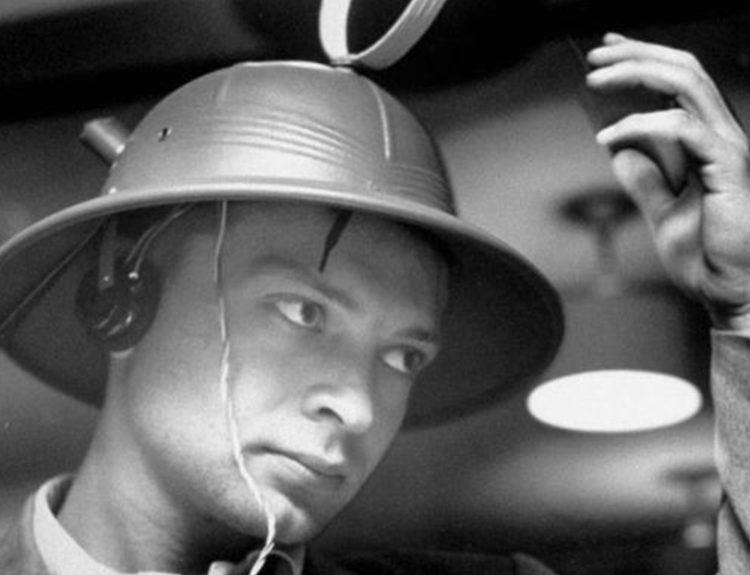Pluto – the Milky Way’s demoted celestial body that lost its planet status in 2006 when the International Astronomical Union reclassified it as a dwarf planet – may be distant and cold, but it has a heart. Literally. There is a huge heart-shaped feature on its surface.
This heart-shaped feature has baffled researchers since it was first photographed in 2015 by NASA’s New Horizons spacecraft. In a recently published study in the scientific journal, Nature Astronomy, a team of astronomers believe they know how Pluto got its heart.
Two Separate Features
Pluto’s heart has been named Tombaugh Regio, after the astronomer who discovered Pluto in 1930, Clyde Tombaugh. But the Tombaugh Regio is not one simple feature.
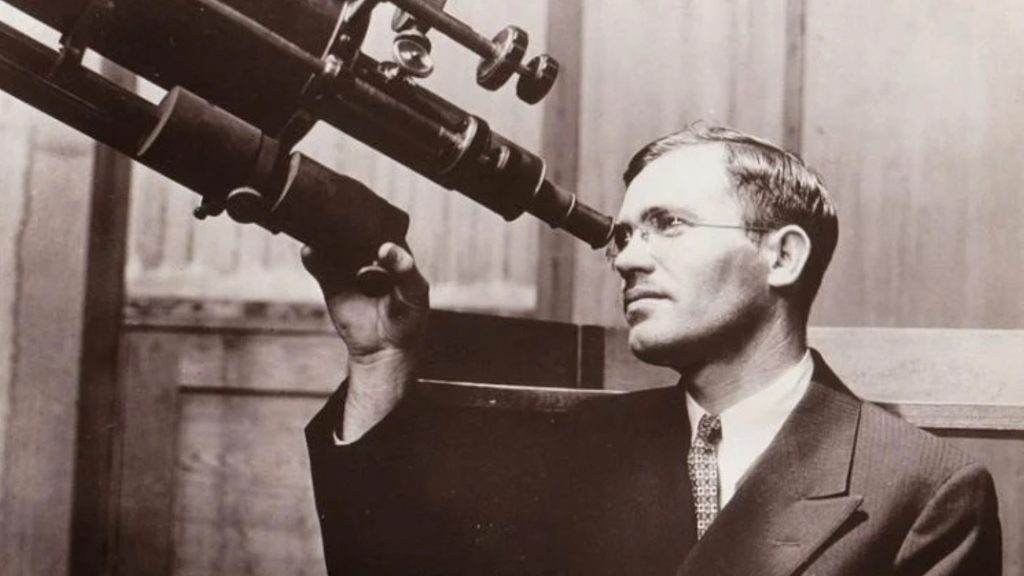
Scientists have noted the difference in elevation and geographical composition between the two sides of Pluto’s heart, however both portions are highly reflective. That is why they appear as one feature … a bright white heart that stands out from the rest of Pluto’s surface.
The Left Side of the Heart
The left side of the heart is a feature that astronomers have named Sputnik Planitia. This feature is a deep basin that covers an area measuring about 745 miles by 1,242 miles. This is roughly one-quarter of the size of the United States.

Sputnik Planitia is a depression that is a little over one mile lower in elevation than the rest of the dwarf planet’s surface. The majority of Pluto’s nitrogen ice is found in this basin. It is the ice that makes it reflective and bright.
The Right Side of the Heart
The other side of Pluto’s heart … the right side … is not a deep basin. Its elevation is much more consistent with the rest of Pluto’s surface. But it has one major thing in common with the left side…ice.
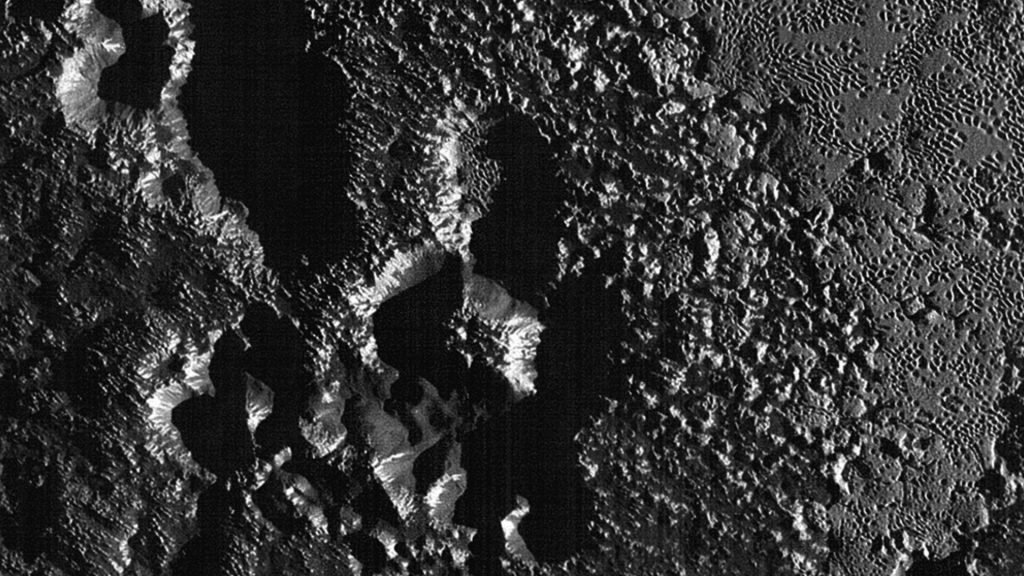
The right side of the heart-shaped feature is also made up of a layer of nitrogen ice. Although this layer is not as thick as the left side’s ice sheet, it is still bright and reflective.
How Was Pluto’s Heart Created?
That is the question that an international team of scientists and astronomers set out to answer. Through their study and analysis, as well as running simulations to recreate the distinctive heart shape, the team hit on a solution to their question.

The most likely scenario, they concluded, was that early in Pluto’s history, it took a direct hit from another celestial body. They were able to determine that the planetary rock that struck Pluto was about 435 miles in diameter.
A Team of Experienced Astronomers
This same research team, which is made up of astronomers, scientists, and physicists from several countries, worked together on other studies of strange and unexplained features found throughout the solar system. One of those studies focused on features on the dark side of the moon.
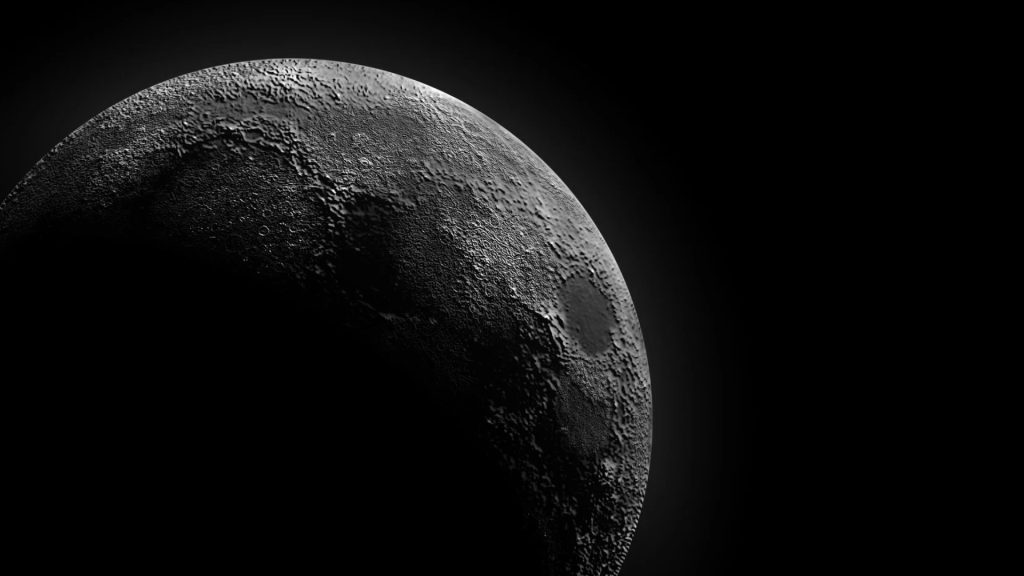
Since this research team is experienced in studying these types of features, they formed their collision theory early in their study. Then they set out to prove their theory. Fortunately, they had the most advanced, state-of-the-art tools and equipment at their disposal.
Simulation Software
One of the key tools the research team used was called the smoothed particle hydrodynamics software – the standard in the study of planetary collisions – which they used to create numerical simulations. This software allowed the research team to run simulations on a wide variety of scenarios.

The results were compared to Pluto’s surface to see which simulation came the closest to replicating the heart-shaped feature. The software allows them to adjust the angle of impacts, speed, and composition of the rock that impacted the dwarf planet. From this, they determined that the planetary body hit Pluto at an angle, instead of a direct impact.
“A Splat”
Dr. Harry Ballantyne, a research associate at the University of Bern in Switzerland, was the lead study author on the project. He explained, “Pluto’s core is so cold that the (rocky body that collided with the dwarf planet) remained very hard and did not melt despite the heat of the impact.”

He continued, “Thanks to the angle of impact and the low velocity, the core of the impactor did not sink into Pluto’s core but remained intact as a splat on it.” So, what happened to the object that struck Pluto after the impact?
Where Is the Object that Struck Pluto?
That question was answered by Erik Asphaug, a professor at the University of Arizona’s Lunar and Planetary Laboratory and the coauthor of the report. He stated, “Somewhere beneath Sputnik is the remnant core of another massive body, that Pluto never quite digested.”

Planets, moons, and other celestial bodies frequently collide. Most often, the smaller object breaks apart, melts, or becomes gaseous. In Pluto’s case, the extreme cold prevented that from happening.
A Low-Velocity Impact
The research team believes that Pluto was hit by a low-velocity impact which caused the teardrop shape forming the left side of the heart, the Sputnik Planitia. Had the impact been at a higher speed … and not at an angle … the impact crater would have been more uniform in shape.

“We are used to thinking of planetary collisions as incredibly intense events,” Asphaug explained. “But in the distant Solar System, velocities are so much slower, and solid ice is strong, so you have to be much more precise in your calculations. That’s where the fun starts.”
How Does Pluto’s Internal Structure Factor In?
Another piece to the puzzle facing the research team was the internal structure of Pluto itself. The more they looked at this, the more puzzling it became. The impact that caused the deep basin to be carved into Pluto’s surface would mean that the dwarf planet’s mass would have been out of balance.
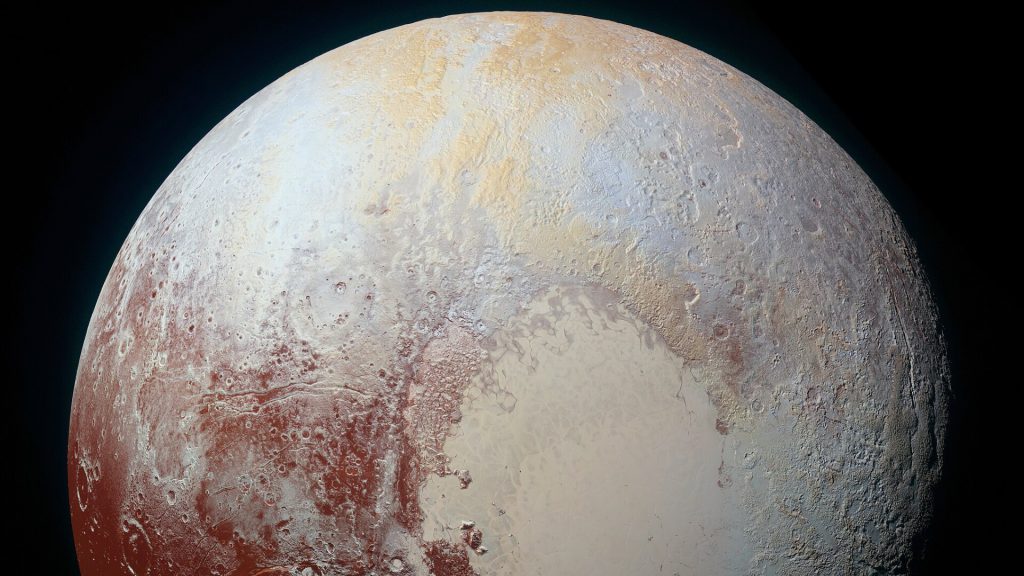
When that happens, according to the laws of physics, the planet would have shifted and the Sputnik Planitia would have eventually ended up at Pluto’s north pole. Only, this didn’t happen. The Sputnik Planitia is located near Pluto’s equator.
The Software Simulations Offered a Clue to Explain This
Dr. Martin Jutzi, another coauthor of the study, is a senior researcher of space research and planetary sciences at the Physics Institute at the University of Bern. He noted, “In our simulations, all of Pluto’s primordial mantle is excavated by the impact.”

“As the impactor’s core material splats onto Pluto’s core, it creates a local mass excess that can explain the migration toward the equator without a subsurface ocean, or at most a very thin one,” he added.
A Review of the Evidence
Although she was not directly involved in the study of Pluto’s heart-shaped feature, Kelsi Singer weighed in on the findings. As NASA’s co-deputy principal investigator and a scientist at the Southwest Research Institute in Boulder, Colorado, she is experienced in reviewing the evidence presented by the team.

Singer stated that the researchers did a “thorough job of exploring the modeling,” however she had hoped to see “a closer tie to the geologic evidence.” She explained, “For example, the authors suggest the southern portion of Sputnik Planitia is very deep, but much of the geologic evidence has been interpreted to point to the south being shallower than the north,” Singer said.
Shedding a Light on Pluto’s Mysterious Origins
The team of researchers hope that their conclusion regarding the cause of Pluto’s heart-shaped feature will spark more research into the demoted planet’s mysterious origins. “Pluto is a vast wonderland of unique and fascinating geology, so more creative hypotheses for explaining that geology are always helpful,” Singer said.

She added, “What would help to distinguish between different hypotheses is more information about the subsurface of Pluto. We can only get that by sending spacecraft to orbit Pluto, potentially with a radar that can peer through the ice.”




